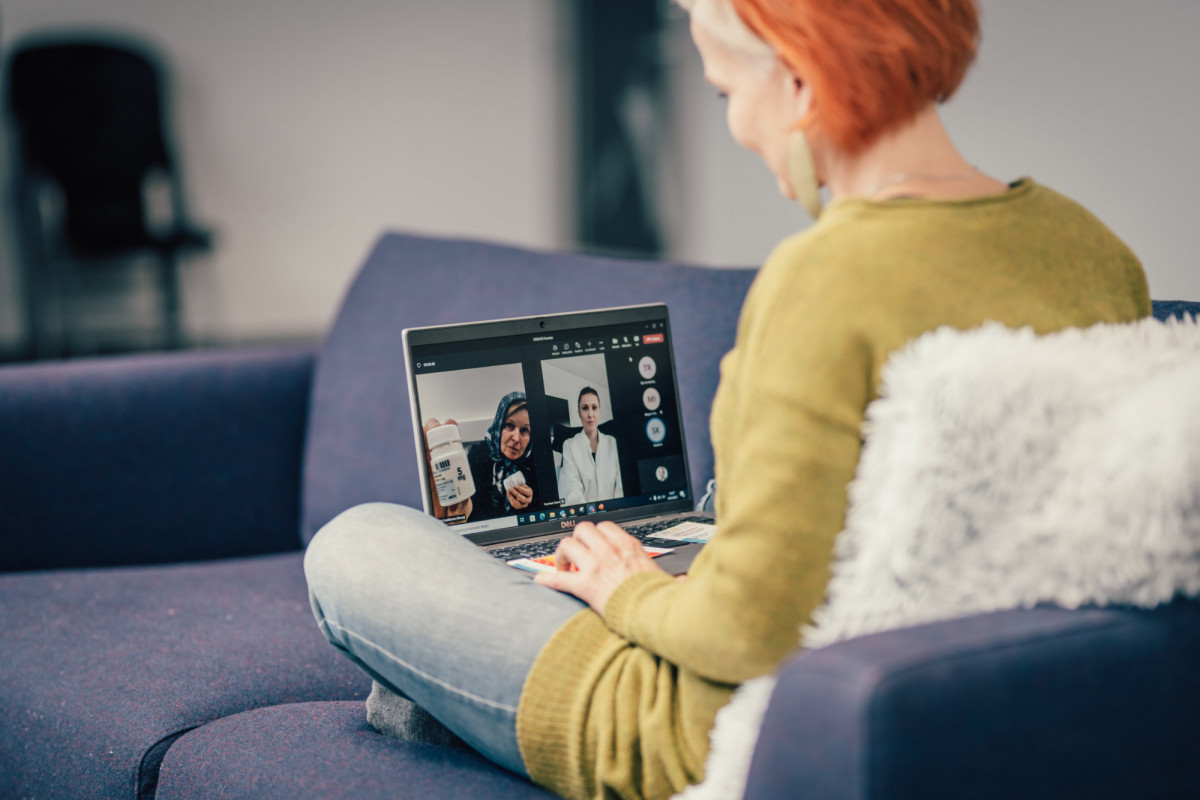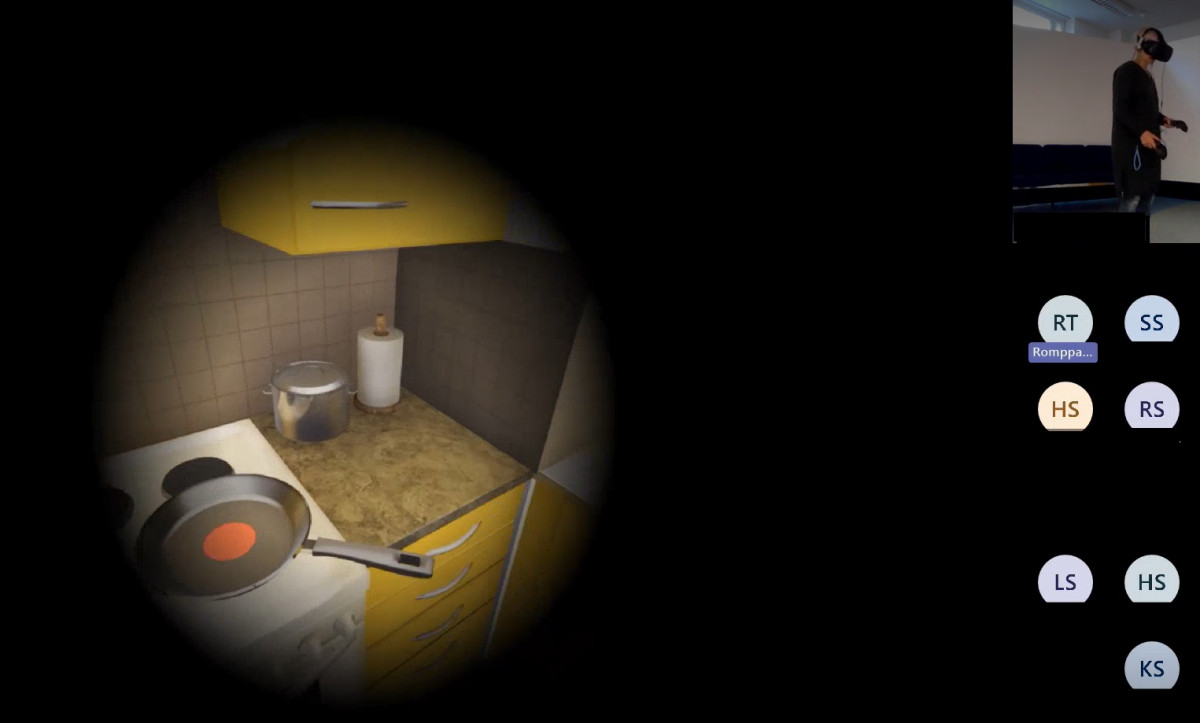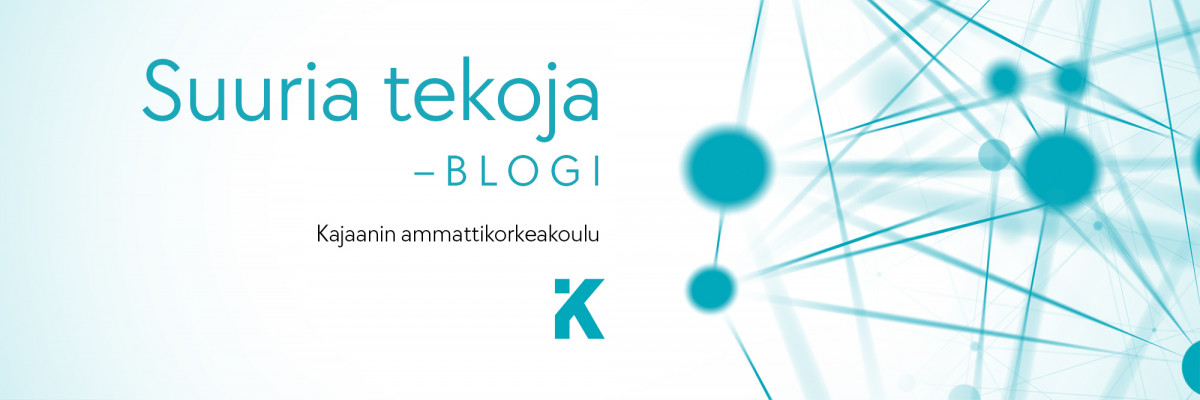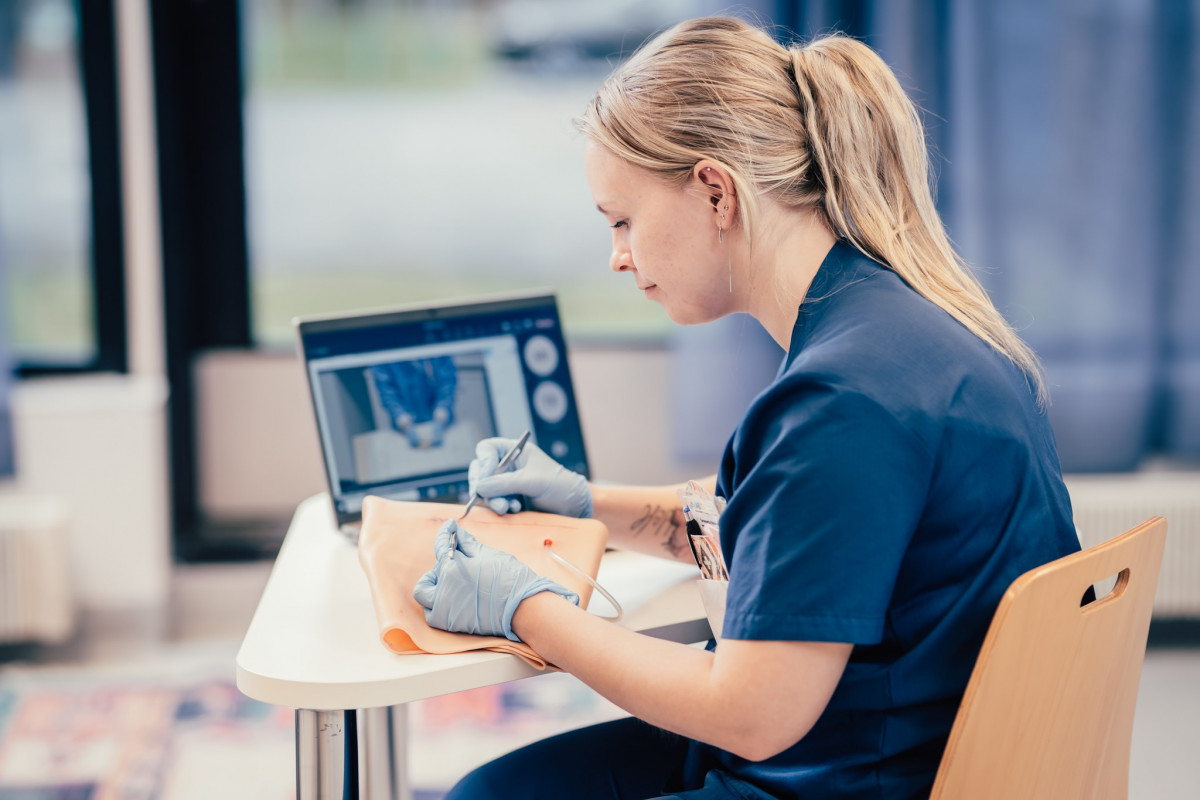The pandemic changed our perceptions of teaching and learning. A lot was learned due to mandatory remote working, and this learning has been utilized in KAMK’s nursing education by actively developing distance and hybrid teaching. This has made distance teaching a natural part of education.
Distance and hybrid
Distance and hybrid teaching can be defined in different ways. In KAMK’s nursing education, distance teaching basically refers to teaching in which everyone participates remotely, and hybrid teaching refers to teaching in which some participate remotely and some on site. In a hybrid implementation, there can be one or more distance students, and the teacher can also participate in the event remotely. At KAMK, distance and hybrid education in nursing was developed in cooperation with Diakonia University of Applied Sciences in the DIGIHOI – ÄLÄ JÄTÄ project (1.4.2022–31.10.2023). The project was funded by the European Social Fund ESF.
According to the survey conducted in the DIGIHOI – DON’T LEAVE project, distance and hybrid education in nursing arouses strong emotions. Some students and teachers feel that nothing should ever be taught remotely and that it is impossible to learn anything by remote methods. However, some feel that almost everything can and should be taught remotely. Learning can also be easier and more effective in a more pleasant and distraction-free environment than in a classroom. So, we learners and teachers are so very different!

You can study remotely in an environment that suits you best. Picture: DIGIHOI – DON’T LEAVE project
New innovations
Distance and hybrid teaching was developed using different methods in the DIGIHOI – DON`T LEAVE project. Simulations, game-based teaching methods and home packages were produced for several topics, and they are all freely available through Haka login on KAMK’s Moodle (only in Finnish). There was already experience with simulations and games during the corona period, but home packages, which allow students to practice clinical skills at home, were a completely new teaching method.
The use of home packages requires that the student has the same equipment as in face-to-face learning. If remote participation is known in good time, these can be delivered to the student. If remote participation is known unexpectedly, for example due to illness, remote learning may not be successful. The teaching must also use a sufficiently good camera so that the student can see the details properly. Similarly, the teacher must also see the student’s actions closely.
Simulations can be carried out completely remotely, in which case all participants are physically separated. Implementation is technically quite easy, for example in Teams, and in practice only requires the use of a camera and microphone, perhaps some props and simple tools. Such simulations can be used to practice, for example, remote control and assessing the need for care remotely. These will certainly be increasingly important skills for nursing staff in the future. A “Horror room -safety walk” was also developed as a remote simulation for studying elderly nursing. A wearable camera system was used here, with the help of which students made a remote home visit to the home of an elderly person. This was a completely new, successful innovation that remained in use after the project.
Hybrid simulations can be implemented in the simulation environments of the educational institution and use a simulator and the necessary research and treatment tools. Hybrid simulations were developed in various ways, including through collaboration with working life. An authorized wound care nurse from the Wellbeing services county of Kainuu participated in the simulations of the wound care course, and the students consulted her remotely. With the help of good video and audio connections, the wound care nurse was naturally included in the simulation and was able to guide the students smoothly in wound care. Some of the students also participated in the simulations remotely. In these simulations, it was observed that remote participants could observe the situation better than local participants, as remote participants could see the wounds accurately via a zoomed camera. Similar wound care simulations will be continued in KAMK’s nursing education.

Etäosallistujat voivat simulaatioissa havainnoida toimintaa jopa lähiosallistujia paremmin.
Remote participants can observe the action in simulations even better than local participants. Picture: DIGIHOI – DON’T LEAVE project
Gamification in nursing education is still a relatively new and little-used method. However, games have been used to some extent in nursing education at KAMK for years, and the project expanded the application of games as a teaching method. Various digital games were developed for studying, among other things, acute care nursing and geriatric nursing. Games can be used in both distance and hybrid learning, either as a central method of the lesson or as a refreshing addition to the teaching.
In addition to developed games, a completely new thing was piloted: the use of VR games in distance learning. The functionality of VR games in remote use was a positive surprise: although the view of a person playing in virtual reality (VR) can only be shared with remote participants as an image of a computer screen, followers can become surprisingly deeply involved in the game event and experience the strong emotions evoked by the game. The use of Aging, a VR game that illustrates the impact of aging, was continued in distance learning after the end of the project. This game was developed at KAMK about ten years ago.

VR-pelaamisen havainnointi etänä voi olla yllättävän vaikuttava kokemus.23
Observing VR gaming remotely can be a surprisingly immersive experience. Picture: T. Romppanen and Clever Simulation Entertainment.
Distance learning is active work
Distance learning often seems to be associated with the idea that studying is mostly passive listening and watching from the sidelines, that the remote participant is alone and that the local participants inevitably learn more. These claims are not unequivocally true. Remote participants have sometimes been the most active participants in the group and interaction with remote participants can be just as natural as between local participants.
Remote participation is not lonely or easy hanging out. This was well learned by a teacher who participated in the DIGIHOI – DON`T LEAVE project. She unexpectedly had to participate in her own lessons remotely and after the lessons, she said that she was tired but impressed and had learned a lot. The surprising transition from a familiar place to the other side of the screen increased the teacher’s understanding of what participating in teaching remotely can feel like, what the teacher needs to consider in teaching, how intensive participating in hybrid teaching remotely can be, and how effective this type of learning is at its best.
Successful distance and hybrid learning requires rules of the game; quality cannot be compromised. It is always a good idea to agree on the rules together with the group in question and to ensure that all participants in hybrid teaching are genuinely included. The distance participant must also commit to studying; opening the link is not enough. An atmosphere of confidentiality is also essential, i.e. a common agreement that the distant participant participates in the teaching alone and does not record the teaching situation in any way without permission. Obviously, the same applies to face-to-face participants.
Looking to the future: not just remotely
Future care workers will presumably work more and more remotely. Therefore, teaching methods in preparatory education and methods for developing working life skills must also evolve. Teaching must also consider different life situations and save time and costs by avoiding unnecessary travel, not forgetting the positive environmental impacts.
When there is sufficient quality technology and functioning network connections, all participants commit to common rules of the game and actively participate in the educational event, learning can be done remotely just as well as in face-to-face teaching. However, not everything can and should be taught remotely, face-to-face teaching is also needed. This is certainly important in all fields that work with people in the real world.
Innovative development work has been done and will continue to develop distance and hybrid teaching methods for nursing education at KAMK. There is no going back to the old ways, but we are not giving up on face-to-face teaching either. And that’s the way it should be.

